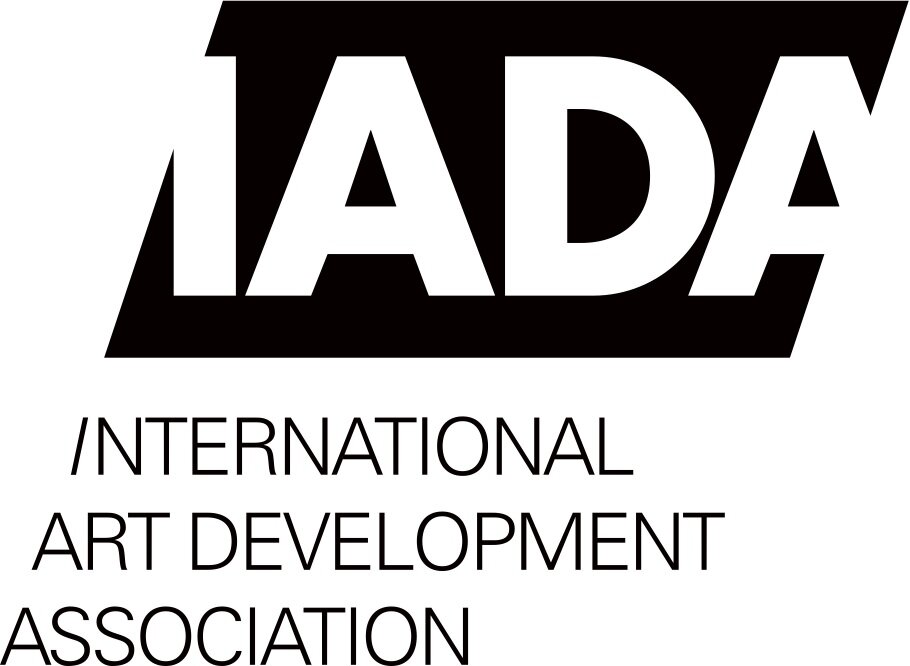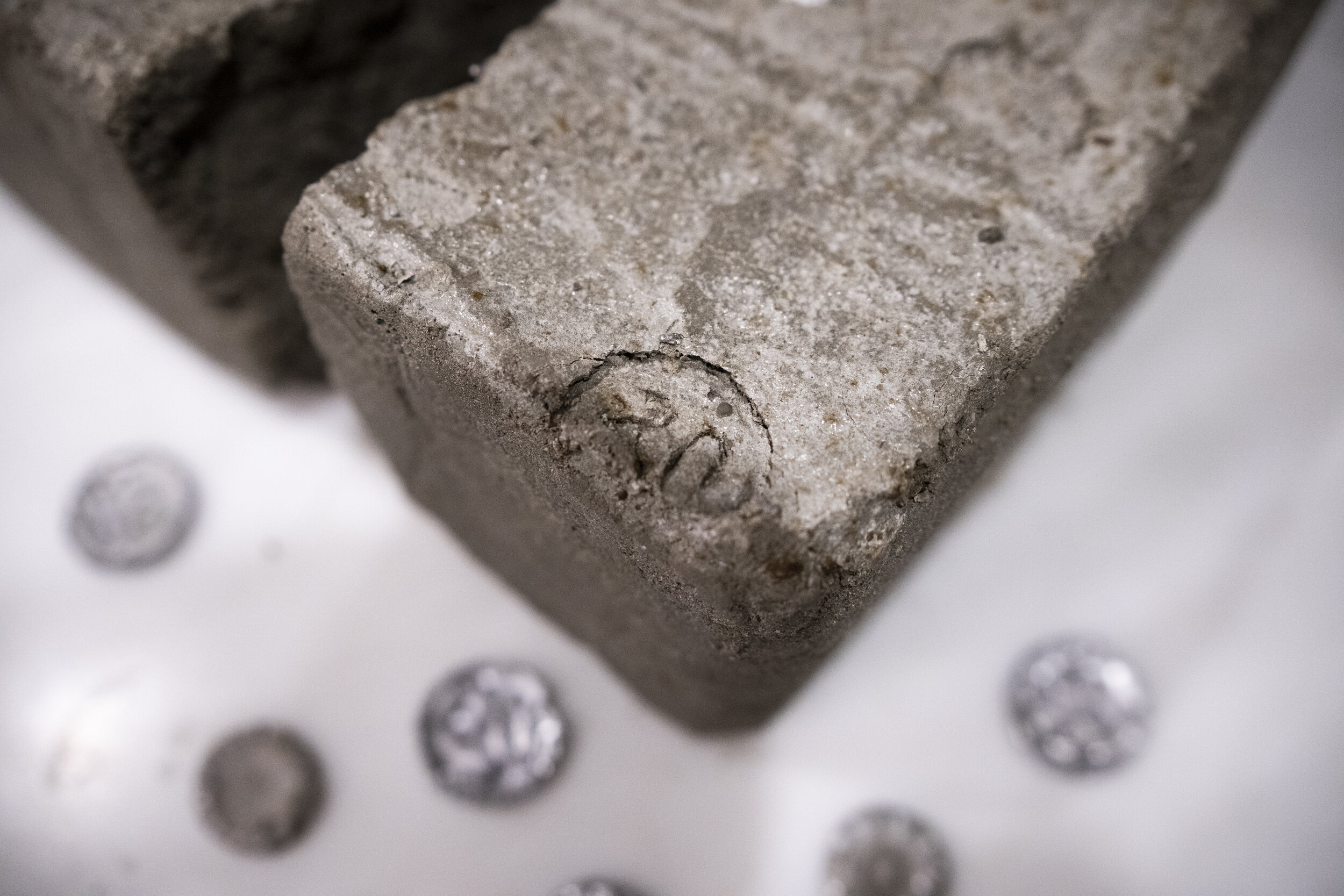Curatorial Statement: Deep currents
Residency of IADA
Alua Sugralimova
Meruert Kunakova
Nurbol Nurakhmet
Curated by Anvar Musrepov
Anvar Musrepov. Born in 1994. Artist and curator from Almaty, Kazakhstan.
He graduated from Rodchenko Art School in Moscow
and is currently studying in the diploma program
at the Akademie Der Bildender Künste in Vienna.
The main theme during the residency of these Kazakh artists in Greece was the Anthropocene, the name for a new, contemporary geological era, when people and their interventions in global ecosystems are the main causes of climate and environmental changes. Holes in the Ozone layer, the slowdown of the Gulf Stream, the melting of glaciers: all these are consequences of human life, and in particular the result of the industrial revolution, which launched the development of global capitalism, an increase in the number of factories, and an increase in manufacturing.
Greece is considered ‘the cradle’ of European civilization, the place where Europe was born. Usually such descriptions are used positively, identifying Europe with high culture and progress. But today, when considering the consequences of Europe’s birth, it is also worth considering the influence of Eurocentrism on the world, the history of European colonialism, and the wider phenomenon of the Anthropocene.
Kazakh art created in such a context gives the Other's view of European culture; it presents a view from a country where one of the central themes in art is the theme of lost identity, specifically trauma as a result of industrialisation and the influence of modernity.
Alua Sugralimova, «Untitled», 2019
Reading and working with texts and visiting museums, these Kazakh artists in residence carried out research, exploring the Anthropocene from various positions. The main focus of Alua Sugralimova’s work is how the economy transforms natural resources into products through processes that reflect the vulnerability of nature. Her sculpture in the form of a concrete block consists of a mixture of sand, cement and ground; the coins used to leave traces on the sculpture’s surface are created from lead, a metal commonly used for antique coins. The number 30 is printed on the coins; 30 is the nominal value of the product and also signifies the length and width of one block divided in half. There is an inscription – “Abstract value” – on the reverse side of the coin, which refers to the Alfred Son-Rethel’s concept of “Real abstraction”; this represents the value of the product as an abstraction.
Fragment of work Alua Sugralimova
The imprint humans leave upon Nature when they extract natural resources is explored in the work of Nurbol Nurakhmet. In this work, Nature is a total presence and man is a creator of absence, creating spaces of emptiness in the form of holes for wells or quarries. This artwork depicts a person passively contemplating the natural landscape that is being torn apart by an excavator. This work is based on marble quarries – common in Greece – observed by the artist. Representing these kind of places as wounds on the body of Earth, Nurbol’s second work depicts an immersed figure, a man without skin, the ontological horror of the incomprehensibility of the Nature, as opposed to human vulnerability. In this work, Nurbol refers to his personal experience of immersion when exploring the bottom of the underwater Pagasetic Gulf; its seabed was covered with a thick layer of algae that is a fundamental part of the marine food chain. Due to the contamination of the seabed with plastic, polystyrene builds up in algae; polystyrene is one of plastic’s main toxic components, which spreads throughout ocean food chains and returns to the human body through food that we eat.
Nurbol Nurakhmet, «Crude museum», 2019
One of the fundamental questions regarding the Anthropocene is how to change the typical human attitude towards Nature. The modernist position of rising above nature – and man’s consequent alienation – creates an opposition between Man and Nature, and then a conflict between Man and Nature. In contrast, in other non-European cultures there is often the idea of man as part of a natural ecosystem and part of Nature itself. This develops a perception of Nature as an organism – endowed with a non-human consciousness and its own will – with which humans can form a relationship.
In Kazakh culture, closely associated with the tradition of shamanism and paganism, there are many similarities to the “Gaia hypothesis” put forward by the biologists James Lovelock and Lynn Margulis, according to which the Earth is presented as a living superorganism with a self-regulating environment. . In Tengrianism, an ancient pagan culture that was widespread in Central Asia before the advent of Islam, in the centre of the universe was the sky (Tengri), which was seen as a father, and the land (Umai), which was seen as a mother. Tengrianism’s focus on various parts of Nature created a special attitude towards Nature in the culture of nomads; they didn’t objectify Nature, but subjectively internalised it, denying that Nature and the human individual were separate.
Nurbol Nurakhmet, «Untitled», 2019
This perception of Nature from within a ghostly culture that is dissolving under the onslaught of modernity finds expression in Meruert Kunakova’s phantom prints of works that are created using cyanotypes. One of the worst modern environmental disasters in the Central Asian region is the drying out of the Aral Sea, as a result of the Soviet project to redirect water flows for irrigation purposes. This is related to the theme of identity, and to the ancient culture of the regions bordering the Aral Sea, whose authentic way of life and culture were recorded in the famous ethnographic work created by General Konstantin Kaufman and known as the “Turkestan Album”. In Kunakova’s prints, the ghosts of an elusive culture are depicted as the ghosts of a dried sea, on a textile cloth reminiscent of a patchwork quilt. In the first part of the diptych, the contours of the yet undried sea are embroidered with red thread; on the second canvas there is a small amount of water remaining from the sea, and the image is superimposed in layers, including archival photographs and satellite images of the drying process. In both works, at the centre of the composition there is Kazakh writing. Firstly, “Aq dalada tyrip kozimdi zhumsam kok tenizdi koremin”, which translates as “Standing in the white desert, I close my eyes and see the blue sea”; then “Oly teniz aryaqtary betterin tuzben shayip tyr”, which translates as “Spirits of the Dead Sea wash their faces with salt ”. Such a magical, irrational attitude to reality continues the idea of resisting rationality; from a Eurocentric standpoint, rationalism is an important tool with which we can think about reality.
Meruert Kunakova, «Ghosts of the dead sea» , 2019
All these artists’ works reflect the general concept and title of the exhibition, ‘Deep Currents’, by exposing the processes behind the standard discourse about environmental problems, and by exploring the theme of the Anthropocene from philosophical, cultural and economic points of view. The works by the artists in residence criticise the fundamental causes of all visible and invisible environmental and ecological destruction, sending us back to the question of what the concept of Nature is in the minds of modern people. Changing how we view Nature can change how we perceive The Other and allow us to listen to the voices of otherwise silenced cultures.





